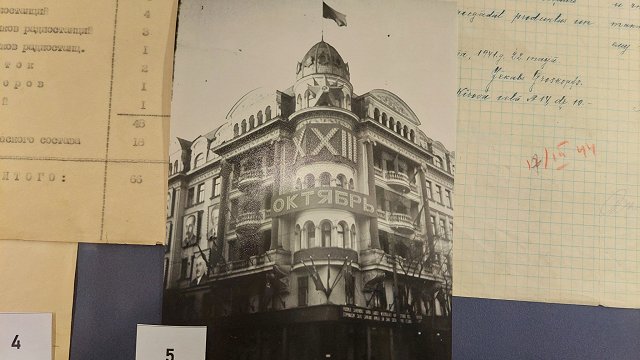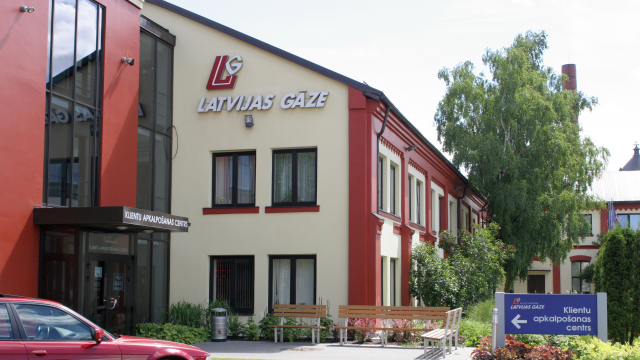Concrete blocks and oak pillars designed as shore reinforcements are certainly more than 100 years old and possibly 200 years old and are continuing to perform their function very effectively to the present day, according to construction manager Andrejs Harčenkovs of the BMGS company, which is carrying out the work.
The well-preserved structures are located along the banks of the River Venta near its confluence with the sea and "look as good as new" said Harčenkovs, who estimated that they might be 200 years old.
"When a new fishing port was built, the structures of this old jetty were partially dismantled, precisely at the point where this separating canal is located - the entrance to the new fishing port. But further down it was not known what old constructions still existed,” said Maris Petrovskis, Head of Technical Department of the Freeport Authority.
A lack of contemporary documents in the archive has made the whole process of digging up the banks one of discovery.
As well as wooden piles, giant concrete sections were also revealed, one of the heaviest weights being up to 60 tonnes. These are clearly more than a hundred years old, as evidenced by their design.
Work on strengthening the banks continues and another complicated phase is getting underway, which may also bring new historical surprises.
You can see pictures of the discoveries in the news report above.

































